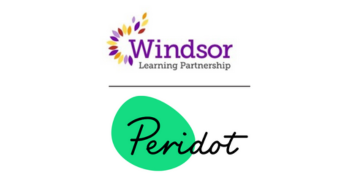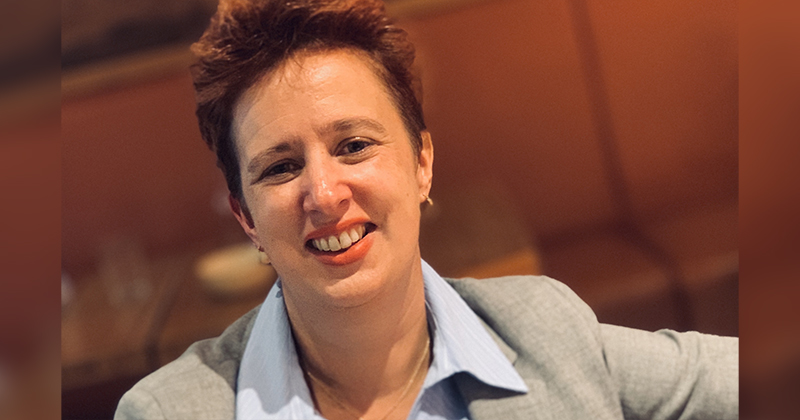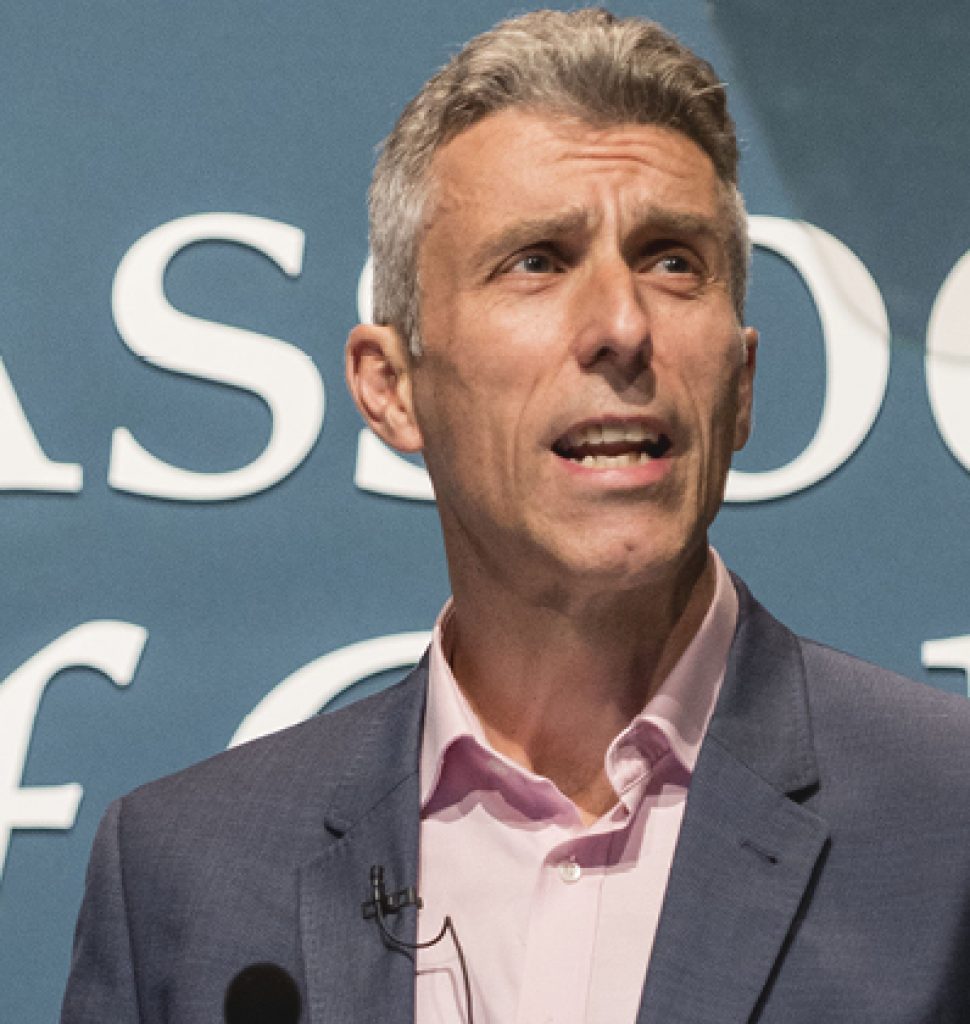England’s former largest apprenticeship provider, 3aaa, hit the headlines in 2018 after a government investigation into alleged manipulation of achievement rates paused an Ofsted inspection, resulted in contract termination, administration, and a referral to the police.
A key figure behind the company, Peter Marples, a self-declared “successful entrepreneur” who previously owned Derby County Football Club, has since maintained the company’s innocence and pledged to have his day in court over the alleged scandal.
He has stuck to his word.
Marples and three other members of his family who had shares in the company recently filed a lawsuit against the Department for Education in the high court seeking damages of at least £37 million.
But the case has nothing to do with the decision to terminate 3aaa’s funding contracts, collapse or referral to the police in 2018. Rather, it centres on the DfE’s Education and Skills Funding Agency’s refusal to sign off on the sale of the company back in 2016.
Court documents seen by FE Week claim that ESFA chiefs unlawfully exercised their power to deny the change in ownership which amounted to “negligent misstatement, negligence, and/or misfeasance in public office”.
The documents paint a picture of a personal vendetta against Marples that led to the decision, including claims that he was subject to “animosity”, “disdain” and “distrust” by those at the helm of the funding agency who saw him as a “necessary evil”.
FE Week can now provide a full account of the claim.
The birth of 3aaa
Marples was a senior partner at KPMG in the early part of his career but moved into the training sector in 2003 when he acquired Assa Training and Learning Limited.
Two years later he sold the shares in Assa to Carter & Carter for around £27 million. Carter & Carter then grew to become the largest training provider in England, valued on the London stock exchange at over £500 million before its collapse in 2008.
Marples states that he left the company in June 2007 due to a “lack of faith” in the senior management after founder Phillip Carter died in a helicopter crash the previous month. It later came to light, as reported by The Guardian, that the then Learning and Skills Council audited Carter & Carter in 2007 and found what the company’s chair Rodney Westhead said was “falsification of records, and record-keeping was very poor”. He told The Guardian the problems were confined to the business carried out by Assa.
Marples founded 3aaa in 2009 alongside Diane McEvoy-Robinson and initially focussed on delivering the Train 2 Gain programme.
He claims, in his legal documents, that it was during this early period that he became “aware that a hostile sentiment had developed, on the part of or within the senior leadership of the ESFA, toward him personally, and toward the company”.
This allegedly manifested itself in telephone calls being made by ESFA leaders to the directors of some of 3aaa’s college partners, to “warn them off” working with the company.
3aaa initially acted as a subcontractor to deliver apprenticeships and was “highly successful” in attracting small and medium-sized employers.
Due to this “success”, the ESFA launched its first investigation into the company in 2012. The probe looked into the “employer relationship” of apprentices. Marples claims that “no adverse findings were made” and almost immediately after the conclusion of the investigation, the ESFA gave 3aaa its own direct apprenticeships contract worth an initial £300,000 for 2012/13.
On receipt of this funding the provider entered a period of rapid growth. But Marples complains that the funding on offer was insufficient to meet the costs of training the learners – a deficit which became a “source of continual discussion” with the ESFA.
Marples says that in 2015, the ESFA agreed to enter a unique “value for money” arrangement with 3aaa, whereby the provider agreed to a lower level of funding per learner, in exchange for a guaranteed growth of the funding contract. From this point 3aaa was awarded apprenticeship contracts worth tens of millions of pounds every year.
Proposed sale
In 2015, after building the value of the company, Marples looked to exit by way of management buyout worth around £50 million with the involvement of Inflexion Private Equity Partners.
The court documents state that the ESFA approved this acquisition, and “recognised that it did not have the power not to do so”.
However, Marples aborted the sale because he “did not consider that the structure of the acquisition, so far as it related to the future management of the company, would have suited the needs of the business”.
Private equity firm Trilantic Capital Partners LLP (TLP), which listed former education secretary Lord Baker as a senior non-executive, then approached 3aaa in May 2016.
The proposed acquisition would involve Marples and McEvoy-Robinson retaining their management functions, as well as approximately 40 percent of the issued share capital. The court documents describe this as an “attractive proposition, as TLP enjoyed influence in the sector, a solid financial grounding, and was offering a debt-free purchase which retained existing (and successful) management and therefore stability”.
Whistleblower triggers second ESFA investigation
During the abortive Inflexion acquisition 3aaa commissioned a mock funding audit. A whistleblower reported the findings to the ESFA and alleged incorrect start dates for learners, artificially inflated success rates by failing to report breaks in learning, and insufficient evidence of apprentices making progress.
The agency then commissioned KPMG, where Marples used to work, to investigate the company in February 2016.
The court documents state that the then ESFA chief executive Peter Lauener had identified the whistleblower to be former FE Week editor Nick Linford.
KPMG’s unannounced external audit of 3aaa is described in the court documents as a “dawn raid”.
The KPMG report, codenamed “project vanilla” and seen by FE Week, found dozens of funding “overclaims”.
But the ESFA confirmed that “there was no evidence found of deliberate circumvention of funding rules by 3aaa”, according to Marples.
Following this investigation, the ESFA continued to increase funding to 3aaa, by over 25 per cent for 2016/17. The provider secured over £45 million of funding for the following 24 months, and was the largest holder of a 16- to 19-year-old apprenticeship contract in the country by a considerable margin.
Marples states that he was “increasingly concerned” about the alleged influence that Linford “seemed to exercise over the ESFA”.
He added that the KPMG investigation caused “significant harm” to his company, namely by the agency’s decision to freeze funding during the inquiry. The cashflow position quickly became critical, so much so that 3aaa’s directors took the decision in March 2016 to place the company into administration, and appointed PwC.
But within two hours of PwC contacting Lauener, £3.5 million of withheld funding was released to the company by the ESFA, according to the documents.
Proposed non-levy cap
Also in May 2016, amid the planned introduction of the apprenticeship levy, 3aaa became aware of an apparent plan by the DfE to introduce a “non-levy cap”, beginning in or around May 2017. The proposed cap would limit the amount of non-levy funding contract-holders could obtain in relation to new starters to £5 million.
At this point, the ESFA encouraged 3aaa to refocus its business plan towards the levy market, according to Marples’ court documents. By November 2016 the provider had attracted around £20 million in levy funding.
However, the cap was ultimately never adopted. Marples says the policy was formally withdrawn in May 2017 but he understands that, by December 2016, it was “widely known within the ESFA that the cap would not be implemented”.
ESFA refuses to sign off on 3aaa sale
3aaa’s funding agreement with the ESFA included the following clause (5.10): “The contractor must notify the chief executive if there is a change in its name and/or ownership. The chief executive reserves the right to terminate the contract if they consider in their absolute discretion that the change in ownership would prejudice the contractor’s ability to deliver the services.”
The court documents state that the “principal factors” which ought to have been considered by the ESFA when considering whether a change of control would prejudice the delivery of 3aaa’s publicly funded contracts were whether there would be a decrease in the quality of management of the company, its facilities, and a “degradation” in the financial standing of the firm.
In Marples’ eyes, there was no proper basis the ESFA could disapprove the proposed change of control because 3aaa held an ‘outstanding’ Ofsted rating, had shown itself to be “well-prepared” to deal with the funding changes incoming from the levy, TLP was “reputable and financially sound”, and the structure of the deal would bring additional funding through an equity injection and was not reliant on debt.
Marples claims no concerns over the sale were expressed to him, and alleges he was told that a letter consenting to the change of control had been placed on Lauener’s desk by his ESFA colleagues.
However on December 23, 2016, the ESFA sent a refusal letter to 3aaa that stated the agency was “not able to agree to this change in ownership in the context of current and future contracts”. The sale was aborted.
Reasons for refusal included that the company’s new business plan was premised on continued delivery, and growth of, non-levy activity, which the ESFA feared “may not be achieved” and cited the plan to introduce a £5 million non-levy starts cap.
Marples claims the refusal was a “negligent misstatement” and was inconsistent with the previous decision to sign off on the sale of 3aaa to Inflexion as well agreeing to changes of control for several other training providers around the same time.
His court documents state that the ESFA had approached the refusal decision “in the wrong way” and therefore acted “unlawfully”.
“It was not sufficient, under clause 5.8, for there to be ‘a risk that a change of control will prejudice delivery of our contracts both now and in the future’; instead, the test was whether, in the view of the chief executive, such a change ‘would prejudice THE CONTRACTOR’S ability to deliver the services’.
“The terms of the refusal letter indicate that the ESFA considered and relied upon factors that were not relevant to the clause 5.8 test. Whereas the refusal letter cited the business plans that had been disclosed to it, and suggested that these were inadequate to meet the introduction of the non-levy cap, that was irrelevant to the test.”
Marples claims the ESFA’s refusal constituted “misfeasance in public office” and its officials acted with “targeted malice”.
The court documents claim there was a “degree of hostility” from the ESFA towards private providers, and in particular towards 3aaa and Marples who was seen as a “necessary evil”.
They add that Marples was subject to “particular animosity” due to his historic association with Carter & Carter and because of a “widely held view that those behind large private providers were making excessive profits at the expense of the public”.
Lauener held “significant disdain and distrust for large private providers”, according to Marples, who claimed senior ESFA leaders held regular meetings with Linford of FE Week who “undoubtedly used his access to the ESFA’s staff to promote and foster [hostile] views” within the agency.
Marples alleges that top ESFA officials warned their colleagues not to support 3aaa’s growth plans and that, instead, the agency should be “watching the company very carefully”.
Loss and damage
Marples claims that the change of control refusal was “unjustified”. If the acquisition completed, the Marples family would have immediately received the sum of £26,752,979 as well as “deferred consideration” in the form of “roll over loan notes” to the value of £10,271,389, the documents state.
The Marples family therefore “expect to recover the principle (sic) sum of £37,024,368” in damages, plus interest and costs. There are four claimants in the case: Peter, Sarah, Lee and Thomas Marples.
The court documents show the claimants are pursuing interest at the rate of 8 percent per year on the £37 million, which would add another £21 million to their claim.
No claim has been put forward by 3aaa co-founder McEvoy-Robinson, who declined to comment when approached by FE Week.
Next steps
The Marples family lawsuit was submitted by lawyers from DWF Law LLP to the high court on February 3, 2023. From this date the DfE has 14 days to acknowledge and then 28 days to file its defence.
The ESFA said it could not comment on ongoing litigation.








